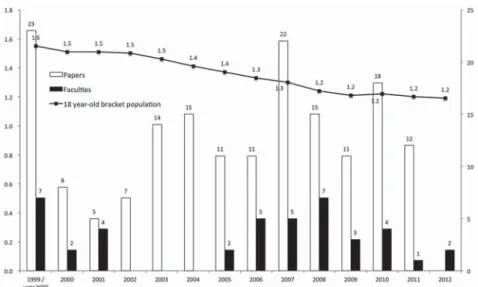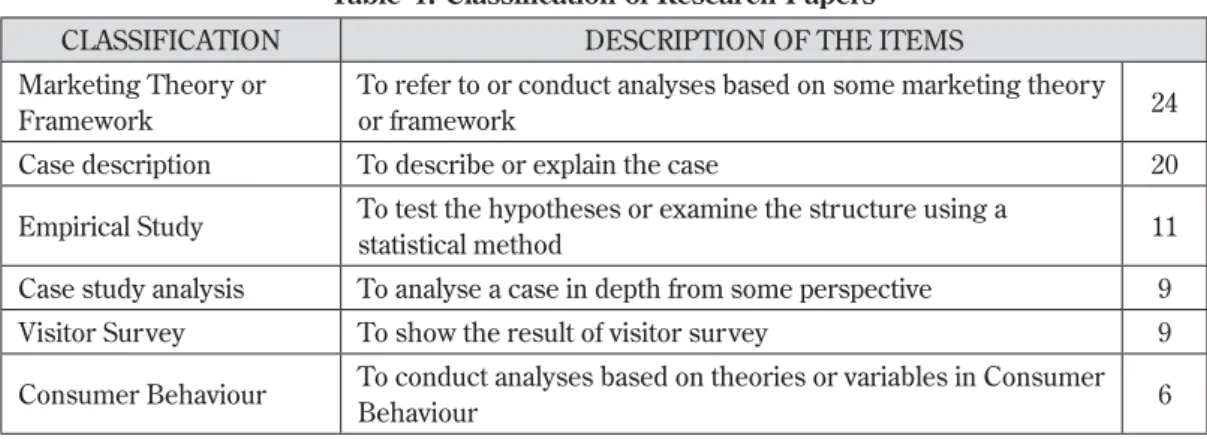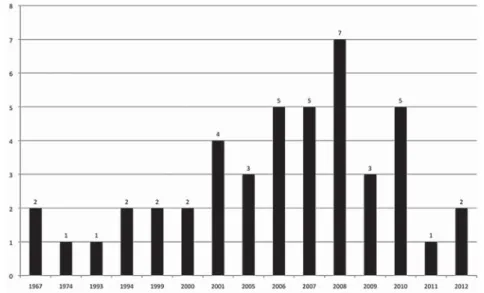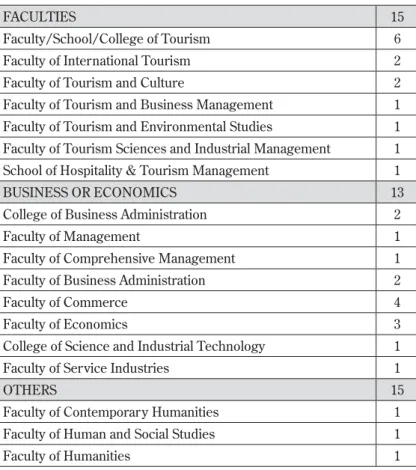The Current state of tourism education and research in Japan
全文
図
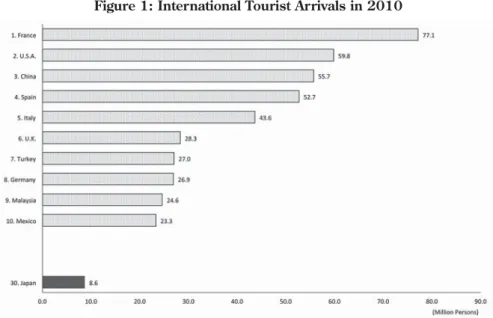
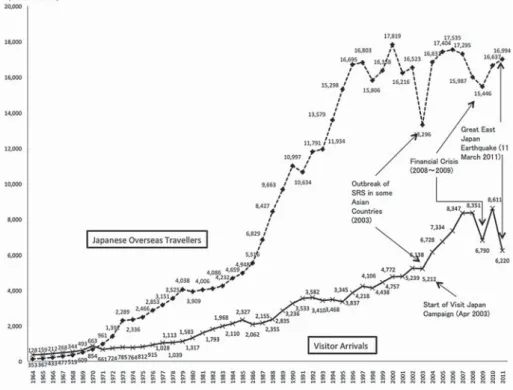
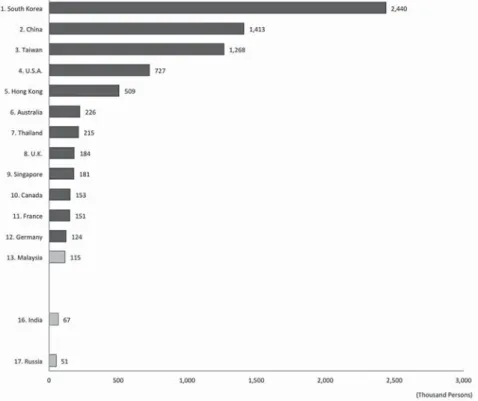

関連したドキュメント
In addition, the Chinese mothers living in Japan tend to accept and actively adapt to Japanese culture and lifestyle, such as eating, drinking, and way of childcare. Due to
Required environmental education in junior high school for pro-environmental behavior in Indonesia:.. a perspective on parents’ household sanitation situations and teachers’
We have found that the model can account for (1) antigen recognition, (2) an innate immune response (neutrophils and macrophages), (3) an adaptive immune response (T cells), 4)
The set of families K that we shall consider includes the family of real or imaginary quadratic fields, that of real biquadratic fields, the full cyclotomic fields, their maximal
Then it follows immediately from a suitable version of “Hensel’s Lemma” [cf., e.g., the argument of [4], Lemma 2.1] that S may be obtained, as the notation suggests, as the m A
I think that ALTs are an important part of English education in Japan as it not only allows Japanese students to hear and learn from a native-speaker of English, but it
This sentence, which doesn t license the intended binding, is structurally identical to (34a); the only difference is that in (45a), the pronominal soko is contained in the
Although many studies have analyzed the differences in expressing gratitude between Japanese learners and native Japanese speakers, these studies do not fully explain whether

